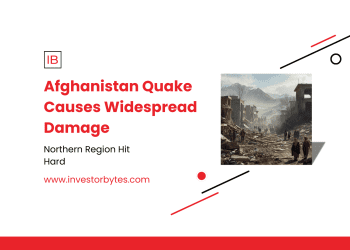As floodwaters from Typhoon Kalmaegi recede—leaving 224 dead and $1.2 billion in wreckage—the Philippines mobilizes for Super Typhoon Uwan (Fung-wong) on November 9, 2025, evacuating 1.5 million across Luzon and Visayas in a frantic bid to avert repeat carnage. PAGASA’s alerts paint Uwan as a behemoth: 185 km/h winds, a 700-km rainband drenching 80% of the archipelago, and storm surges up to 4 meters slamming Aurora’s coasts. Landfall hit Dinalungan at dusk, felling power grids in nine provinces and stranding 6,600 at ports, but preemptive drills—honed post-Kalmaegi’s Cebu deluge—spared mass fatalities, with only two initial deaths versus 200 prior.
Kalmaegi’s October 31 fury, a Category 3 marauder, dumped 600 mm rains, burying Cebu in landslides and electrocuting dozens amid blackouts; Uwan’s prelude suspended 400 flights, shuttered schools till November 11, and waived mall parking fees for shelter seekers. President Marcos Jr.’s emergency decree unlocked $500 million in aid, deploying 209 Al-Fatah troops alongside PDRF corporates—Meralco restoring grids, Coca-Cola airlifting water—to 4.1 million affected. Save the Children scales kits for 470,000 kids, many quake-displaced from September’s 6.9 tremor, now typhoon-homeless in tent cities.
Philippines second typhoon preps 2025 underscore climate’s cruel cadence: ranked world’s most disaster-vulnerable by WorldRisk Index, the nation endures 20 annual cyclones, intensified 15% by warming seas per NOAA. Uwan’s recurvature to Taiwan—hitting Hengchun November 12—spares full wrath, but tail-end floods threaten Mekong deltas. Mitigation shines: DepEd’s 27.6 million students drilled via apps; PCG’s full alert halts ferries; Archdiocese shelters swell with 10,000 homeless. Yet gaps persist—rural Nueva Ecija farms face 50% crop loss, per DA estimates—exacerbating food insecurity for 2.2 million returnees from Iran/Pakistan.
Resilience blooms: community radio broadcasts evacuation routes in 10 dialects; AI drones map surges 48 hours ahead. As COP30 nears, Marcos demands $100 billion loss-and-damage funds, spotlighting archipelago anguish. For Filipinos, Uwan tests tenacity: from Talisay’s mud-caked survivors salvaging heirlooms to Manila’s queued evacuees clutching infants, preparation pivots peril to perseverance. In 2025’s storm gauntlet, the Philippines doesn’t just brace—it builds back bolder, weaving warnings into watery survival sagas.








